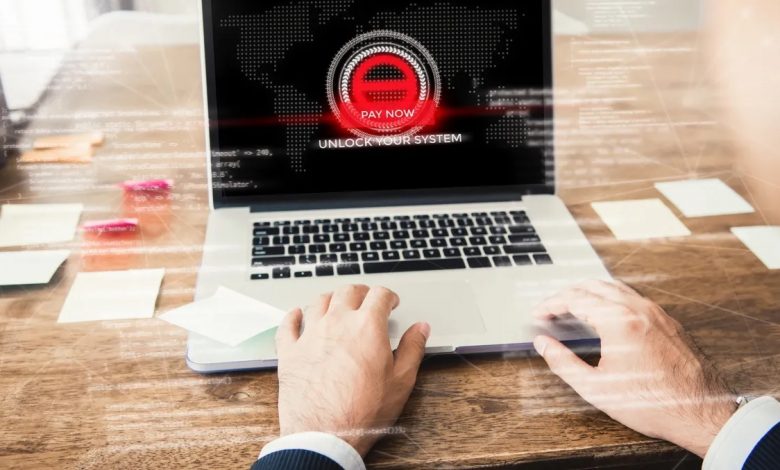6 Effective Tips for Ransomware Prevention

According to Cybersecurity Ventures, ransomware will cost its victims around US$265 billion by 2031. In the first half of 2023, Check Point Research’s 2023 Mid-Year Report found that 48 ransomware groups reported breaching and publicly extorting more than 2,200 victims around the world. 45% of the attacks were against US-based organisations – far and away more than any other country.
According to Verizon’s 2023 DBIR report, 24% of all breaches involved ransomware. And these ransomware attacks are disproportionally focusing on manufacturing, retail, and software services. It’s interesting to note that while government, healthcare and education are the most attacked industries – they are not the main focus of ransomware.
What is Ransomware?
Ransomware is a malware that is designed to deny an organisation access to files or data on their computer. Cybercriminals encrypt the data and demand a ransom payment for the decryption key, hoping the victim will pay to regain access. In double extortion ransomware attacks, if the ransom isn’t paid, the bad actors will sell the stolen data or publish it in public forums. Increasingly, cybercriminals are resorting to triple extortion where they blackmail individual employees or victims into paying for their data. A recent example is from a plastic surgery clinic in which the clinic refused to pay the ransom, so the hackers contacted patients and threatened to release their health records if they didn’t pay up. At least 70 patients had their health data and photographs published and one patient is now suing the clinic.
6 Practical Tips to Prevent Ransomware Attacks
In order to prevent ransomware attacks, organisations need to exercise good security hygiene across on-premises, cloud and hybrid networks all the way up to the board level. There are several actions that leaders can take to minimise exposure to and the potential impacts of an attack.
- Robust Data Backup: The goal of ransomware is to force the victim to pay a ransom in order to regain access to their encrypted data. However, this is only effective if the target actually loses access to their data. A robust, secure data backup solution is an effective way to mitigate the impact of a ransomware attack.
- Cyber Awareness Training: Phishing emails are one of the most popular ways to spread ransom malware. By tricking a user into clicking on a link or opening a malicious attachment, cybercriminals gain access to the employee’s computer and begin the process of installing and executing the ransomware on it. Frequent cybersecurity awareness training is crucial to protecting the organisation against ransomware, leveraging their own staff as the first line of defence in ensuring a protected environment. This training should instruct employees on the classic signs and language that are used in phishing emails.
- Up-to-date Patches: Keeping computers up-to-date and applying security patches, especially those labelled as critical, can help to limit an organisation’s vulnerability to ransomware attacks as such patches are usually overlooked or delayed too long to offer the required protection.
- Strengthening User Authentication: Enforcing a strong password policy, requiring the use of multi-factor authentication, and educating employees about phishing attacks designed to steal login credentials are all critical components of an organisation’s cybersecurity strategy.
- Anti-Ransomware Solutions: Anti-ransomware solutions monitor programs running on a computer for suspicious behaviours commonly exhibited by ransomware, and if these behaviours are detected, the programme can take action to stop encryption before further damage can be done.
- Utilise AI-Powered Threat Prevention: Most ransomware attacks can be detected and resolved before it is too late. Automated threat detection and prevention can maximise your chances of protection, including scanning and monitoring of emails, and scanning and monitoring file activity for suspicious files. AI has become an indispensable ally in the fight against cyber threats. By augmenting human expertise and strengthening defence measures, AI-driven cybersecurity solutions provide a robust shield against a vast array of attacks. As cybercriminals continually refine their tactics, the symbiotic relationship between AI and cybersecurity will undoubtedly be crucial in safeguarding our digital future.
While ransomware attacks can indeed be scary, it is possible to prevent or at least lessen their impact by utilising the six steps above. And before you pay a ransom, remember that there is no guarantee that you will get your data back or that the hacker will not release it publicly. In fact, by paying a ransom, you are funding the hackers’ efforts and letting other criminal efforts know that you are willing to pay. So, focus on preventing the breaches in the first place.




